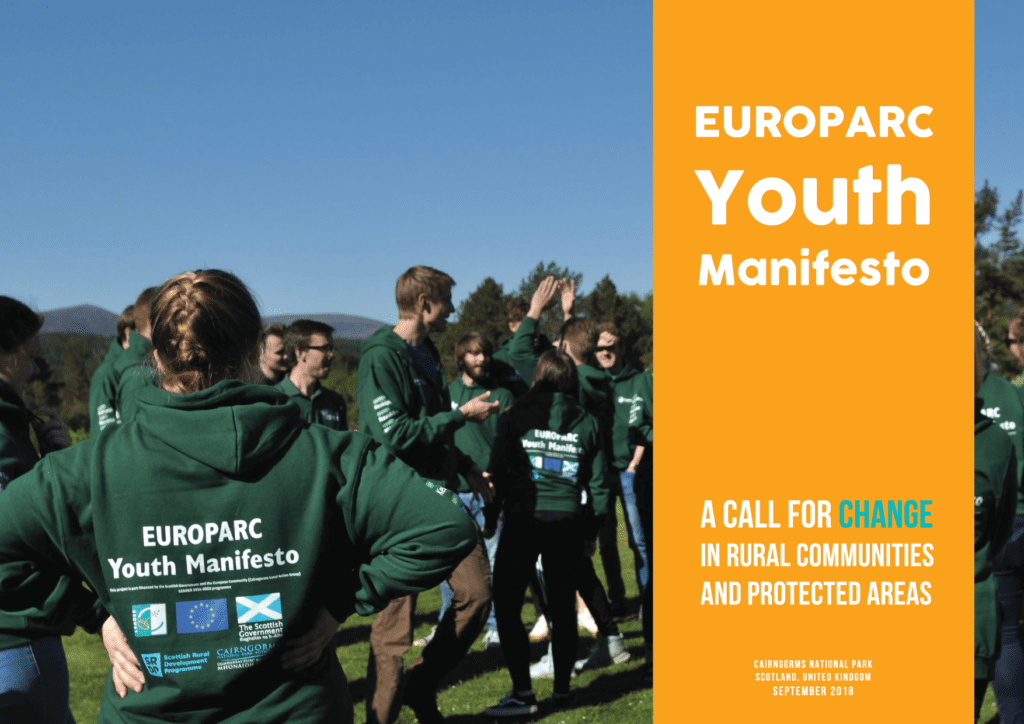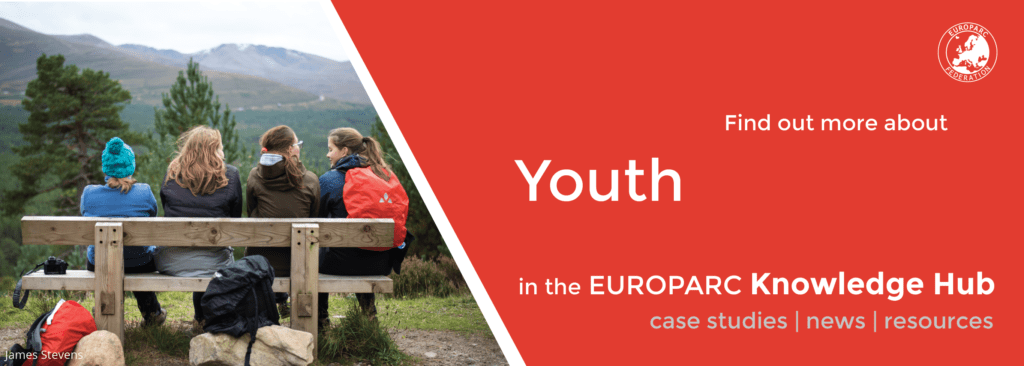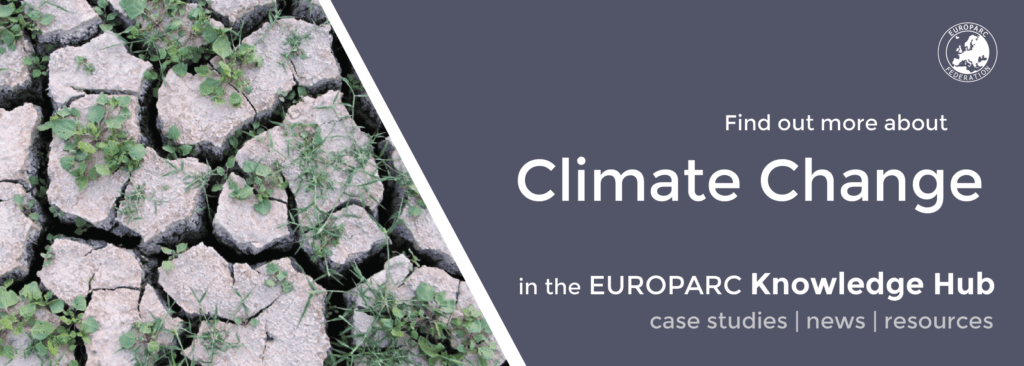Cairngorms Youth Steering Group: actions following the launch of the EUROPARC Youth Manifesto
After months of hard work and travelling, the EUROPARC Youth Manifesto was launched at the EUROPARC Conference in the Cairngorms National Park on Friday 21st September 2018.
The call to action was put out by the young people who brought the manifesto to fruition asking for organisations and communities to engage with their young people to create new opportunities for living, learning and working in rural communities and protected areas.
In response to this call for action the Cairngorms National Park Authority board has agreed on a project to develop a youth group in the Cairngorms to take forward some of the recommendations of the EUROPARC Youth Manifesto. This is the Cairngorms National Park Youth Project.
The Cairngorms Youth Steering Group
Nineteen young people aged 16-30 have been recruited to form a steering group that will co-design a Cairngorms National Park Youth Group:
- To be the voice of young people in the Park.
- To develop a procedure to fund young people’s ideas about living, learning and working in the Park.
- To put on exciting and innovative events for young people in the Park.
The steering group continues to work with Finnish friends from Rieska LEADER, Keskipiste LEADER and Ravakka LEADER and other partners at a series of exciting and inspiring workshops and events :
They will also attend the 2019 EUROPARC Conference in Latvia from 24-27 September!
The steering group has been working hard and have completed a number of important tasks :
- Agreed on a name for the project, youth group, and a project hashtag.
- Developed a model for the proposed youth group.
- Devised a proposed remit for the youth group including guidelines on how it should operate.
- Organised an exciting and inspiring workshop for our transnational partners.
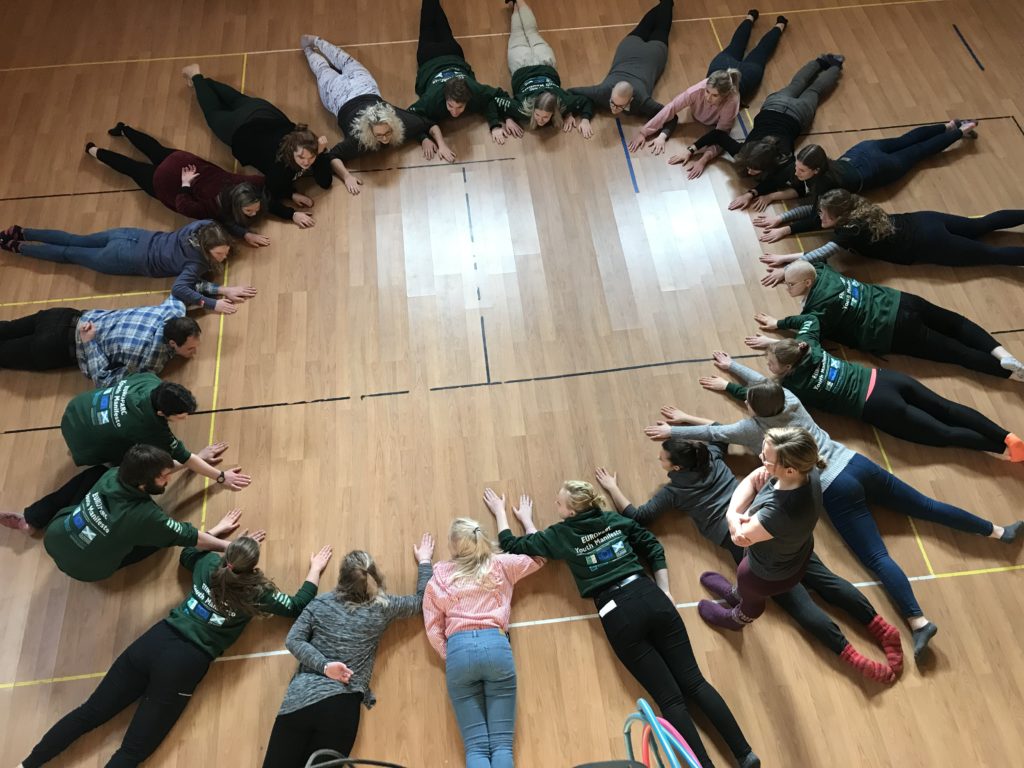
Strengthening Communities Conference
As part of the HIE Strengthening Communities Conference youth members of the Cairngorms NP Youth steering group facilitated group discussions at a fringe event for conference delegates.
Here are some highlights of the questions they responded to:
What are the best ways for your community or organisation to engage with young people in your local area?
- Go to where young people are
- Let them organise
- Give opportunities to influence
- Connect people through nature
- Get young people involved from an earlier age – to be a valued part of the community
- Giving young people ownership of projects
What ideas can you think of to deal with the issues expressed by young people in the EUROPARC Youth Manifesto around living or learning or working or youth empowerment?
- Electric bikes and more charging points for electric vehicles
- Stronger broadband – internet access creates more opportunities
- Integration of ages in a social setting – bring people together allowing them to collaborate
- Splitting big buildings into smaller affordable units for young people.
- More nature education
- Internships during summer for students – related to heritage and conservation
- Encourage and foster entrepreneurship – ‘Fit for Work’ sessions
- Strong links between education providers and job providers.
- Break the ‘who you know’ mentality – ensure it is fair – avoid nepotism.
- The Manifesto needs to be taken into schools not just relying on social media to do the job
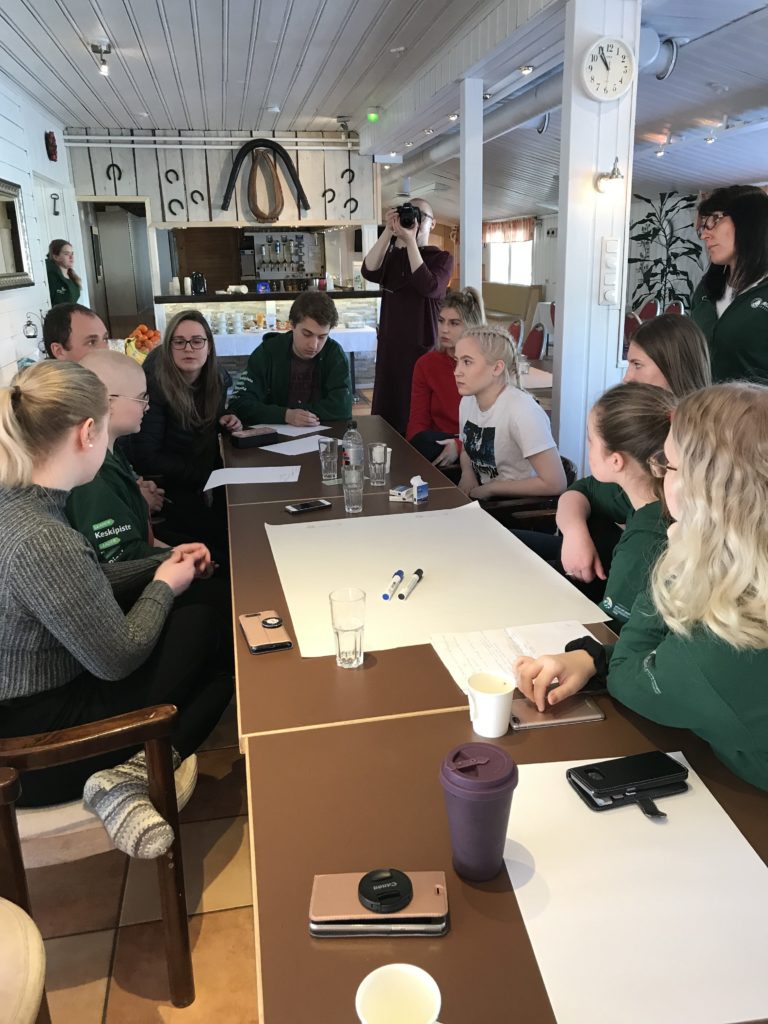
We need urgently UN Green Helmets to save our planet!

Article issued by Ignace Schops
Article issued by Ignace Schops, EUROPARC President
The way in which we have organised our (Western) society has to change! Completely and different. Sustainable and in harmony with our mother earth. Ecologically and socially.
With the publication “Limits to Growth”, the book of the Club of Rome in 1972, a first warning was given not to destroy our planet any further for the sake of quick profit. The loss of ecosystems and the extinction of plant and animal species are being described dizzyingly faster than ever before. In the latest Intergovernmental Science-Policy Platform on Biodiversity and Ecosystem Services (IPBES) report, the researchers warn of the loss of one million species in the coming decades. In addition, there are dangerous consequences of climate change.
You should know that the climate bullet has already left the gun!
For the simple reason that there is a delay of 30 to 40 years between the emission of greenhouse gases and the weather effects, we see today. The weather phenomena we are experiencing now, the heat waves, floods and hurricanes, are the result of the emissions of the eighties and nineties of the last century.
Knowing that emissions have doubled since then, we must be aware that there is still something to come. The task is therefore simple: to mitigate the impact of the climate bullet as much as possible and to prevent another, more deadly, climate bullet from following.
Fortunately, there are people, organisations and groups who stand up and shout loudly, organise protest marches and start climate issues. Fortunately, there are young people like Greta Thunberg who called millions of youth to action. And all this out of love for our planet…
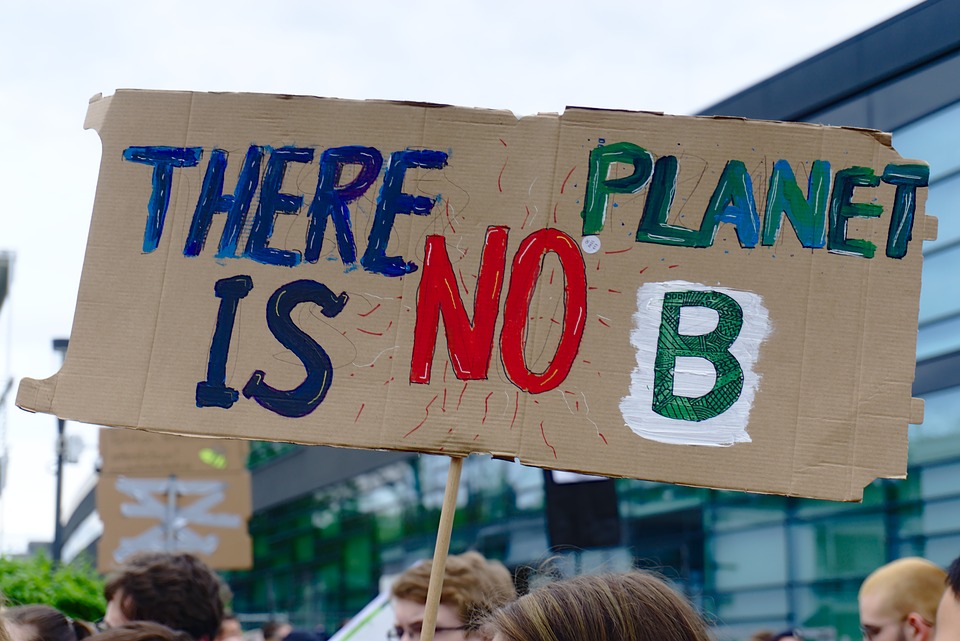
There is a need for a new Moonshot: Calling for UN Green Helmets
The creation and installation of “UN Green Helmets” is such a Moonshot. UN Green Helmets can quickly and effectively give a huge boost to saving our planet.
Where the UN Blue Helmets keep the peace, the UN Green Helmets can protect and activate the stability of our ecosystems and combat dangerous climate change.
UN Green Helmets can massively plant trees, still the fastest and most inexpensive solution to climate change and ecosystem degradation. They can prepare areas to harvest water in times of drought; they can restore ecosystems and protect elephants and rhinos from poachers, …
In September this year, Antonio Guterres, Secretary-General of the United Nations, is convening world leaders for an additional climate summit in New York. It is up to our representatives to push the establishment of the UN Green Helmets politically in order to prevent us from continuing to destroy what keeps us alive.
“Large Carnivores: the latest updates on the EU Platform on Coexistence”
Common Agricultural Policy (CAP) and large carnivore coexistence
The Commission legislative proposals for the new Common Agricultural Policy (CAP) after 2020 provide an opportunity for the EU and Member States, with the input of key stakeholders, to further tailor and design specific measures to support biodiversity and farming systems that deliver environmental benefits. This includes protecting livestock farming from potential damages caused by large carnivores. Financial support to protect livestock against large carnivores and compensate for damages caused, are important elements for reducing impact on livestock and resulting conflict but will not suffice without other communication and exchange actions.
Preliminary information presented to the EU Platform members at their plenary meeting in May 2019, suggests that not all Member States are fully identifying coexistence measures in their Priority Action Frameworks (PAFs), identifying their priorities and funding needs for the implementation of the Nature Directives for 2021-2027. To reduce conflicts related to large carnivores across the EU, it is essential that the European Commission, the Member State managing authorities and the concerned stakeholders on the EU to local level, work together to find solutions and ensure that all the existing funding and support opportunities are taken up. The EU Platform members therefore agreed a statement listing a number of recommendations for the European Commission, managing authorities and stakeholders on how to work together to include relevant measures in their PAFs and in the CAP and national funding.
Update on regional platforms and local platforms on large carnivores
The EU Platform aims to engage with similar regional groupings which focus on conflict around large carnivore presence in different areas in the EU. The two EU-funded projects on the establishment of regional platforms on people and large carnivores work together with stakeholders to discuss issues around large carnivore coexistence on the national, regional or local context. Three regional platforms have been established in Italy, Romania and Spain, while the scoping to establish further platforms has begun in three Member States. In Grosseto, Italy, six interactive workshops were held and joint actions have been agreed and are currently being prioritised (see below for more information). An action plan for implementation is being drafted. Further, an exchange trip was made to Sweden for sharing knowledge on participatory monitoring systems.
In Harghita, Romania, three platform meetings have taken place during which a problem and goal analysis, as well as reflection of the different interests, were carried out. In further three meetings, the platform is discussed concrete actions and how they can be prioritised for the Harghita context.
In Avila, Castile y Leon, Spain three meetings have been held where participants expressed their expectations for the platform and collaboration with other stakeholders and agreed upon a common mission.
You can find the full EU Platform on Coexistence between People & Large Carnivores Newsletter here!
